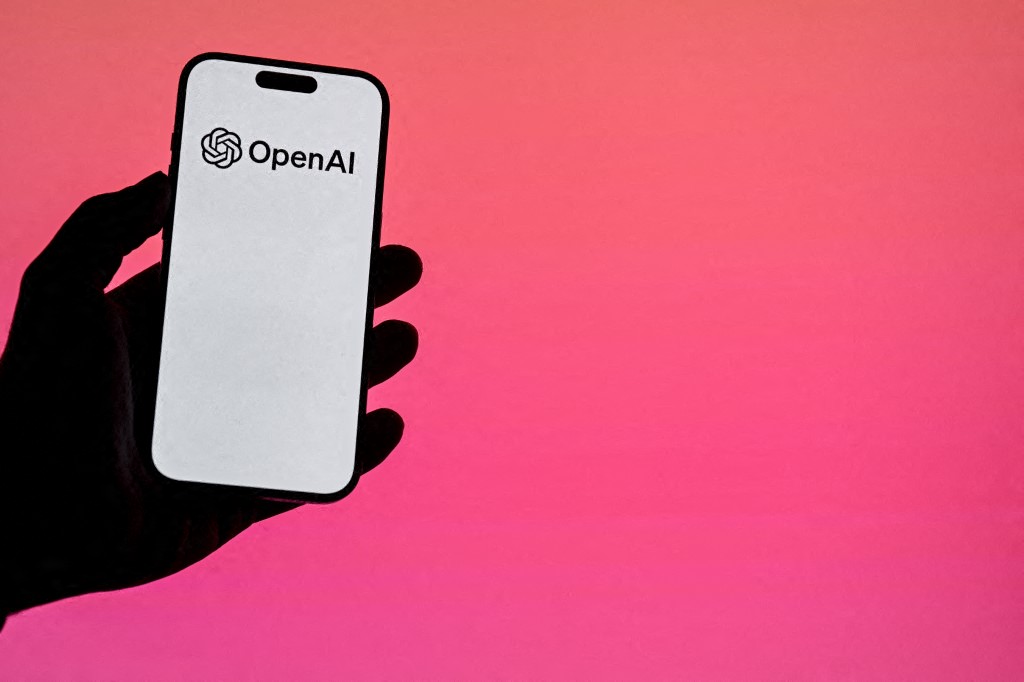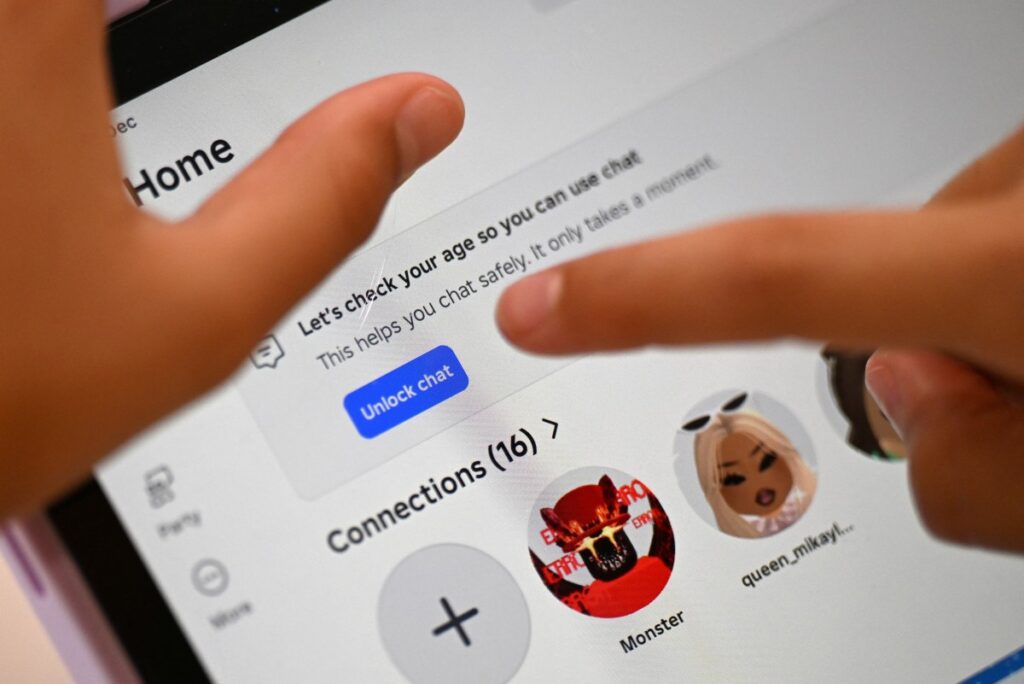Pinterest introduced a feature on Monday that allows users to search for products with pictures instead of words.
Dubbed visual search, the technology might make searching for that rondeau pot for your kitchen a little easier. For example, a user looking at an image of a living room could zoom in on a lamp and search for similar ones in different colors or sizes. More so, the tech can even get specific and tell Pinners the lamp is an “antique metal funnel pendant” that can be purchased from Restoration Hardware.
“Keywords have always been one of the best ways to determine consumer intent,” said Michael Kahn, CEO of Performics. “But today, searchers are moving well beyond keywords to discover things, as evidenced by this new Pinterest technology. For marketers, this means that search marketing now incorporates interactions like this, without the searcher having to say or type anything. As searchers move beyond simple search language, marketers must focus on moving from keywords to context.”
While many advertisers view Pinterest as a social networking platform, the company prefers to distance itself from that label and instead identifies as a vertical search site.
The move is one of many that the San Francisco-based company has made in 2015 to generate additional advertising revenue as it ramps up toward a possible IPO. The image bookmarking service has more than 100 million users worldwide. It also offers some 60m buyable pins since it debuted them in June and recently named Tim Kendall as its first-ever general manager of monetization.
Companies like Nordstrom or Macy’s aren’t charged for selling items on Pinterest using its Buyable Pins. Instead, Pinterest only generates revenue when those companies buy ads that are targeted at its users.
Despite this, some advertisers might be getting frustrated with the company, said Jonathan Mendez, CEO of Yieldbot.
“This seems like a feature that was created to deliver more inventory for advertisers, not for their consumer audience – which is a dangerous strategy,” Mendez said. “Nobody I’ve talked to who uses Pinterest ever said to me, ‘If only I could see more information about other things in the photo.’ If it is for their consumers then it’s an admission that Pins are not being delivered relevantly enough or the UX is flawed in relation to discovery. Either way, Pinterest needs to quickly come up with a highly differentiated advertising offering to capitalize on its value as a scaled channel and this isn’t it. Advertiser patience is wearing thin.”
The new feature is available from Monday for both mobile and desktop, Pinterest said.
*This article originally appeared on Adage.com.




